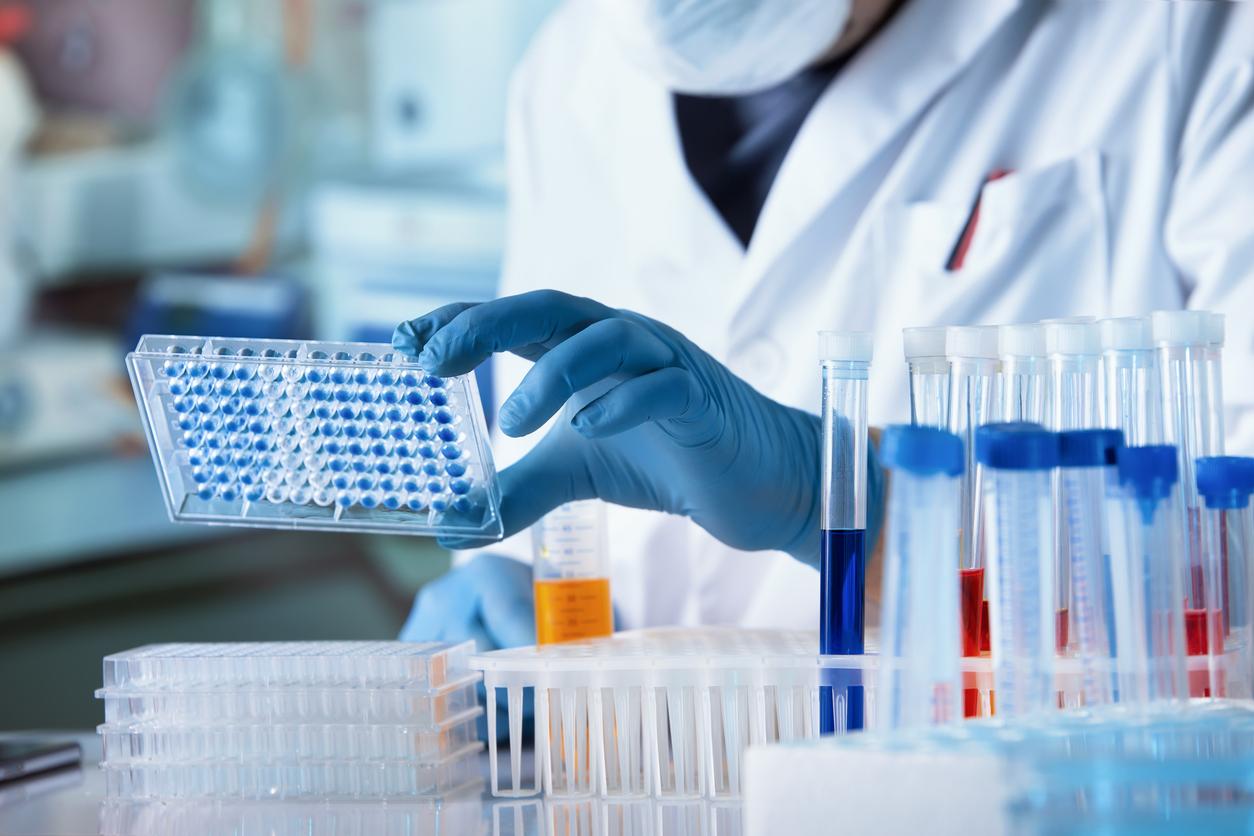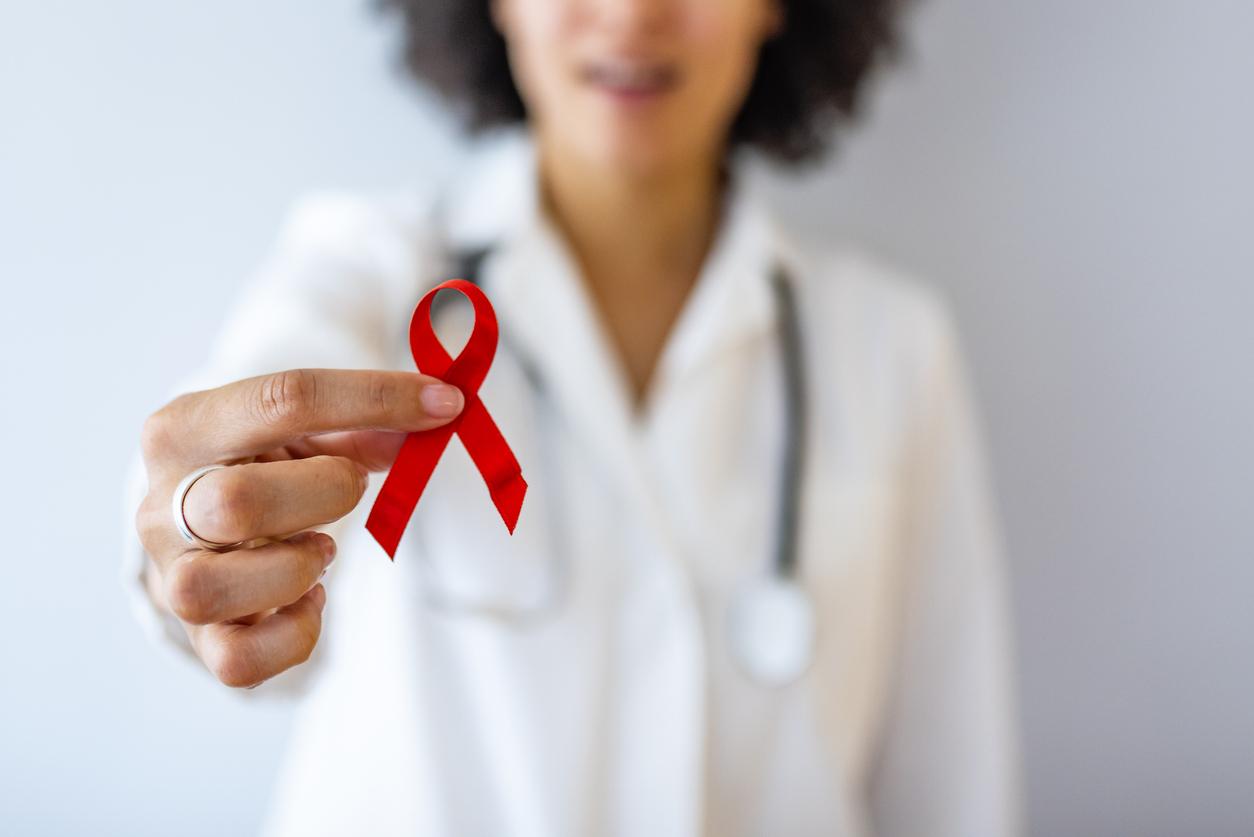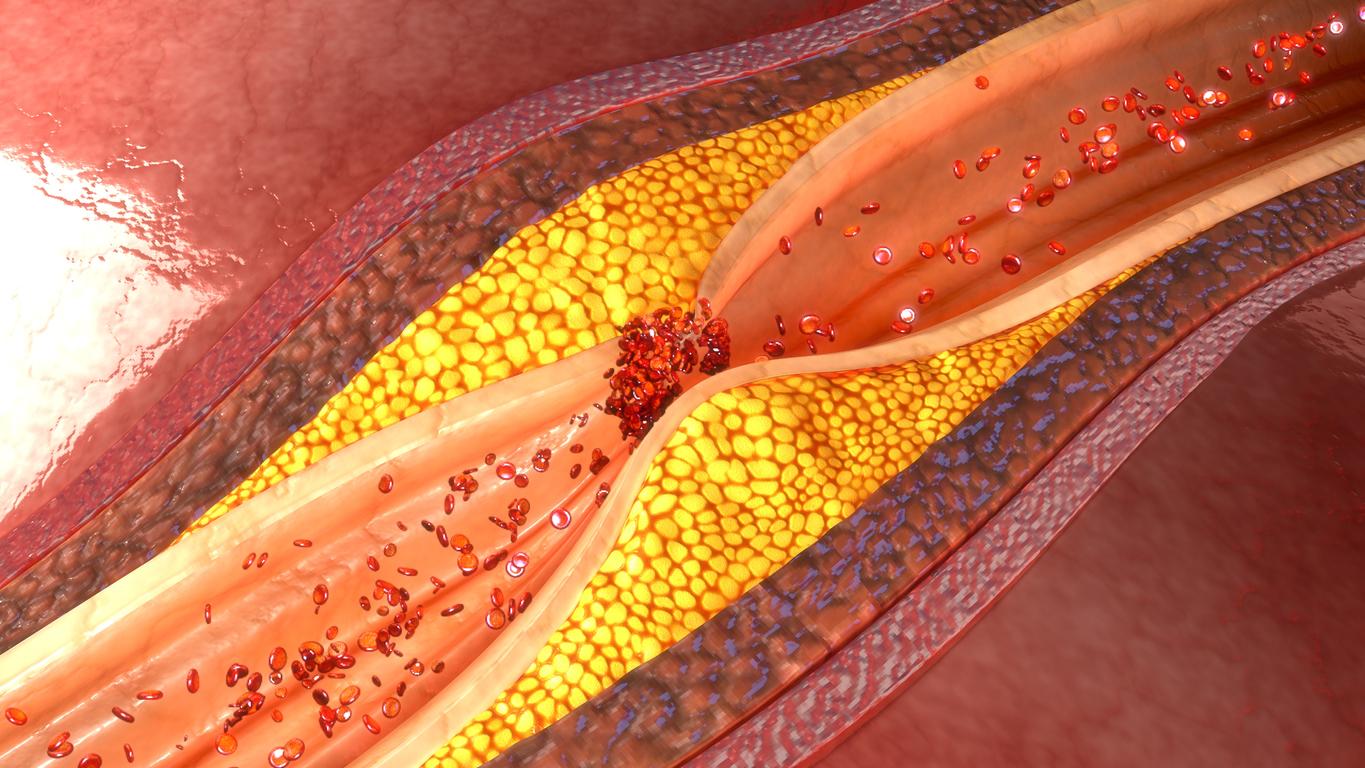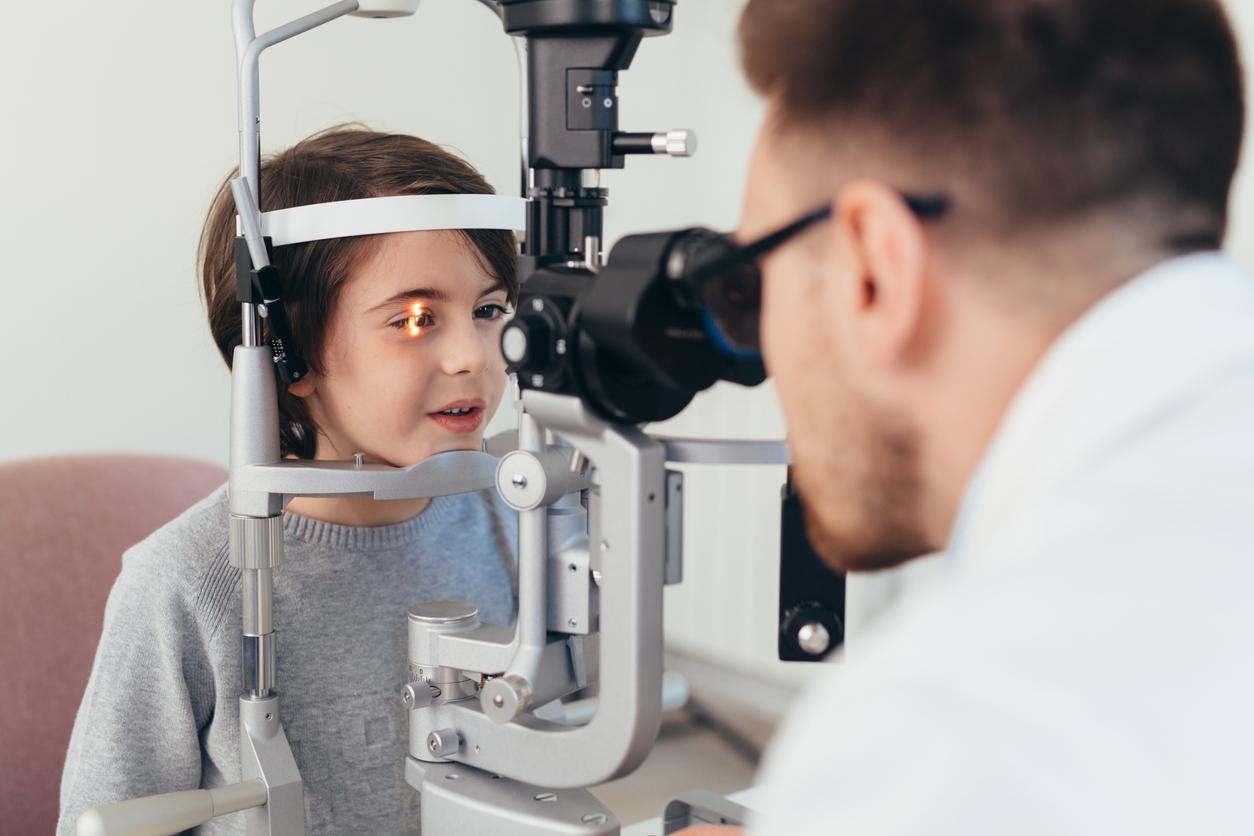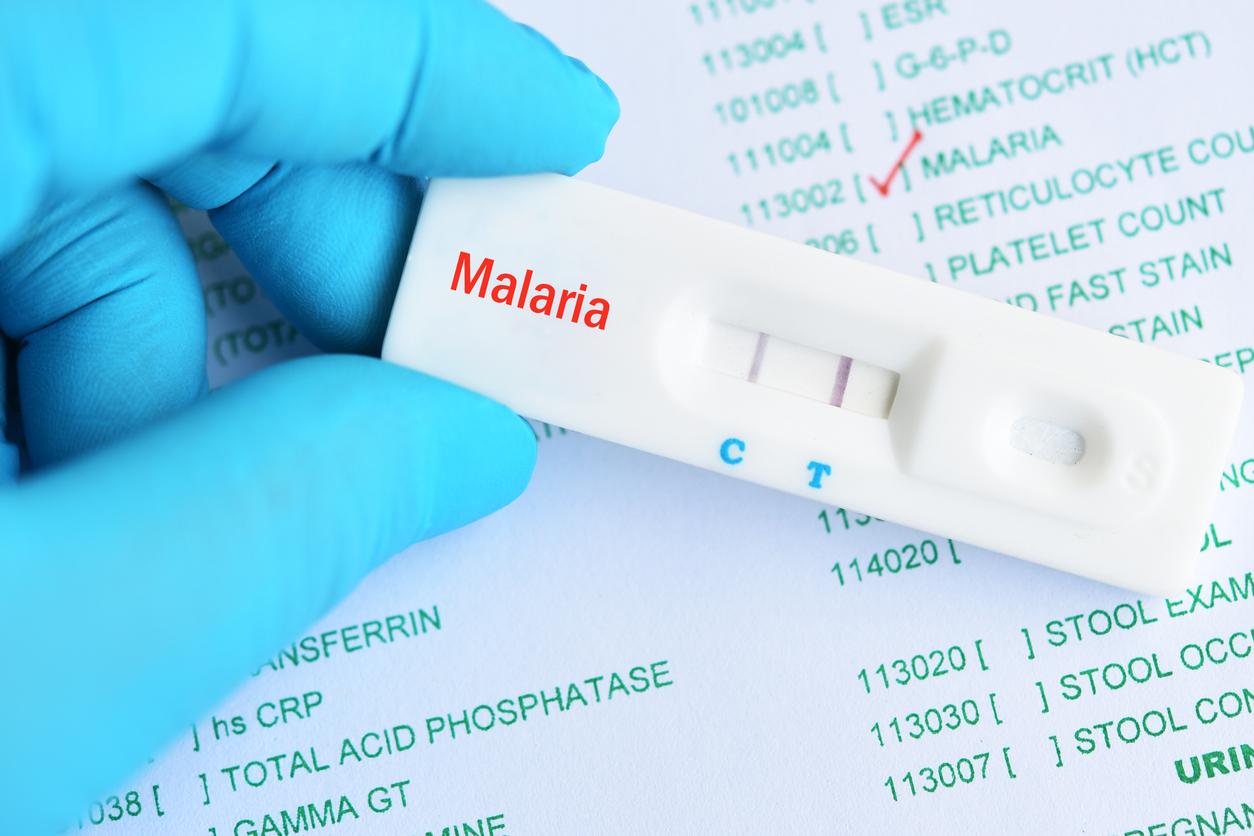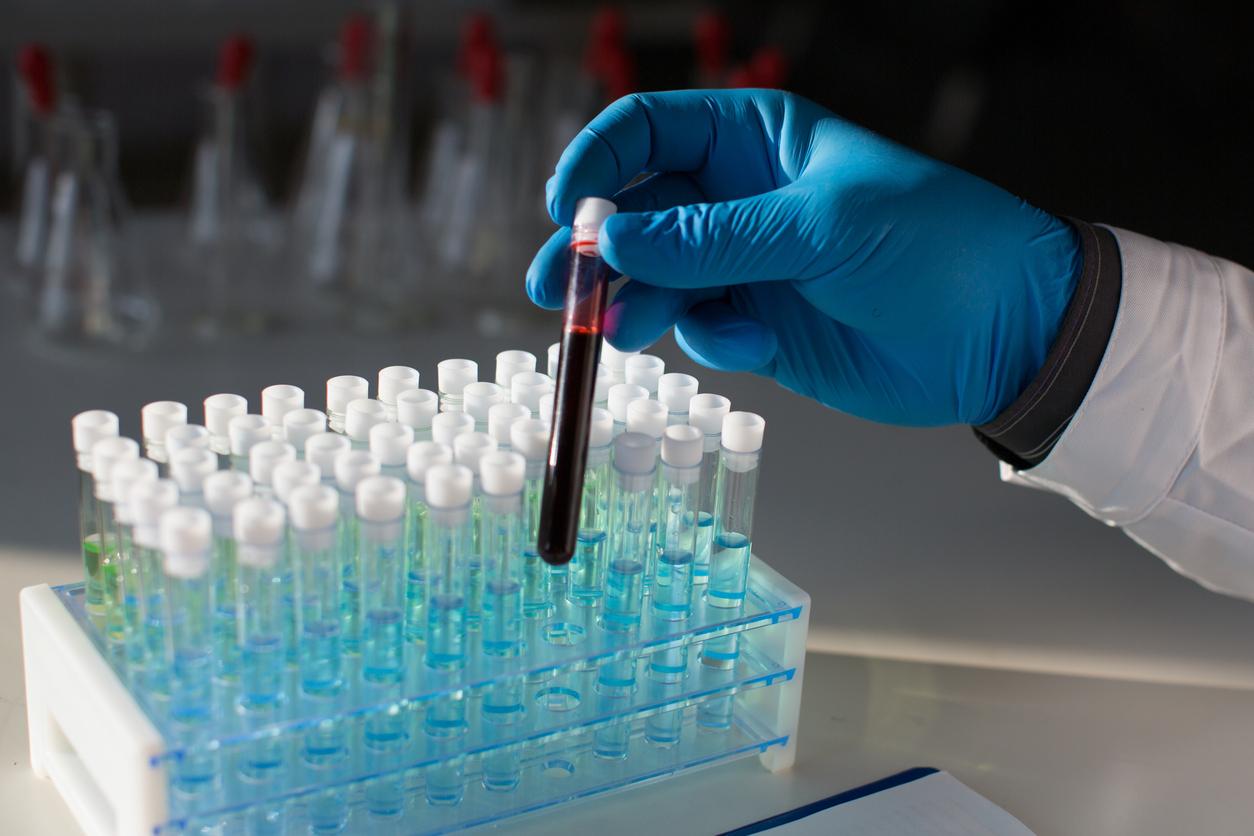The liver performs more than 300 vital functions. His health is often overlooked, yet he has real defenses and a capacity for regeneration. Here’s how to better prevent liver disease.
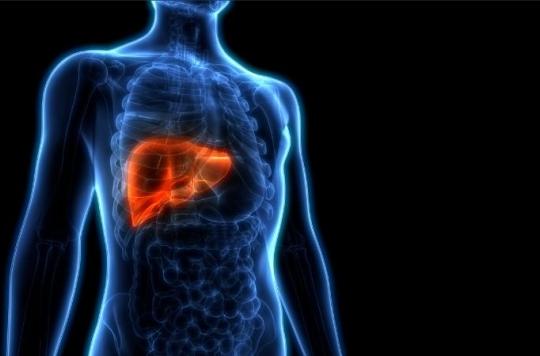
844 million people worldwide are affected by liver disease. Every year, two million people die from it. During the 12th international congress of liver diseases (Paris Hepatology Conference) which took place in Paris on January 14 and 15, 2019, researchers recalled the importance of prevention and screening: they could prevent many deaths from liver disease.
Professor Marcellin opening the 2019 Paris Hepatology Conference: from viral hepatitis elimination to therapeutic approaches of NAFLD pic.twitter.com/v384ekCaPR
— Massimo Colombo (@mcolombo46) January 14, 2019
A primordial organ
The liver is one of the largest organs in the human body: it is about twenty centimeters long. The bile it produces allows the digestion of fats, it stores glucose, vitamins and minerals, and it manufactures proteins: in total, it provides more than 300 vital activities for the body. All these functions can be maintained when part of the liver fails: a quarter of the liver is sufficient for the normal functioning of the human body. This is not the only curiosity of this organ. Indeed, it is capable of regenerating itself if part of it is removed and regaining its normal size.
The liver has hidden powers, but that doesn’t prevent it from having its weaknesses. If one consumes too much alcohol, too much fat or sugar, it can cause liver diseases, such as “fatty liver disease“, NASH (non-alcoholic hepatitis) or cirrhosis. Hepatitis B and C are also threats, even if today vaccines and treatments make it possible to reduce mortality.
Better prevent liver disease
Doctors and researchers gathered at the Paris Hepatology Conference dispute that there is a lack of prevention and screening for liver diseases: better organizing them would greatly reduce mortality. In more than a third of cases, the disease is detected at an advanced stage, which limits the possibilities of treatment. Scientists therefore call for generalize the diagnosis of transaminases. The latter testify to the inflammation of the tissues of the liver: if their level of presence in the blood is too high, this means that the liver is affected. Professor Patrick Marcellin, founder of the Paris Hepatology Conference, adds: “it is a simple, inexpensive test, available everywhere and whose sensitivity, when correctly interpreted, is satisfactory”.
Get vaccinated against hepatitis B
Hepatitis B is transmitted either from mother to child during childbirth, or during unprotected sexual intercourse or through the sharing of contaminated needles. The evolution of the disease transforms it into fibrosis or even cirrhosis or liver cancer. A treatment exists to block the progression of the disease, but it does not destroy the virus. The most effective way to protect against hepatitis B is vaccination. Since 2017, newborns have received this protection as part of the eleven mandatory vaccines.
Hepatitis C, a disease that is too silent
Hepatitis C has an almost 100% effective treatment. The World Health Organization wants to eliminate the disease by 2030: the objective is tenable if screening is improved. In France, for example, around 75,000 people have the disease without knowing it. It is possible to be affected for 30 years without realizing it.
NASH: fatty liver disease
NASH is for some the disease of the century. It is due to too much consumption of sugars and fats. Diabetics or overweight people are more at risk: in France, in 15 years, the proportion of obese people affected has increased from 8 to 12%. The only way to cure it for now is to change your lifestyle through a more balanced diet and physical activity. Drug treatments are still at the study stage.
New treatments for liver cancer
In 2018, nearly 9,000 people died from liver cancer. But this figure could decrease in the years to come because the treatments are more and more effective: liver transplants, for example, have a 5-year survival rate of 80%.
One liver disease can cause another: 20-30% of people with chronic liver disease develop cirrhosis, which can be followed by cancer. Improving screening and early treatment could prevent 2 million deaths every year worldwide.

.





